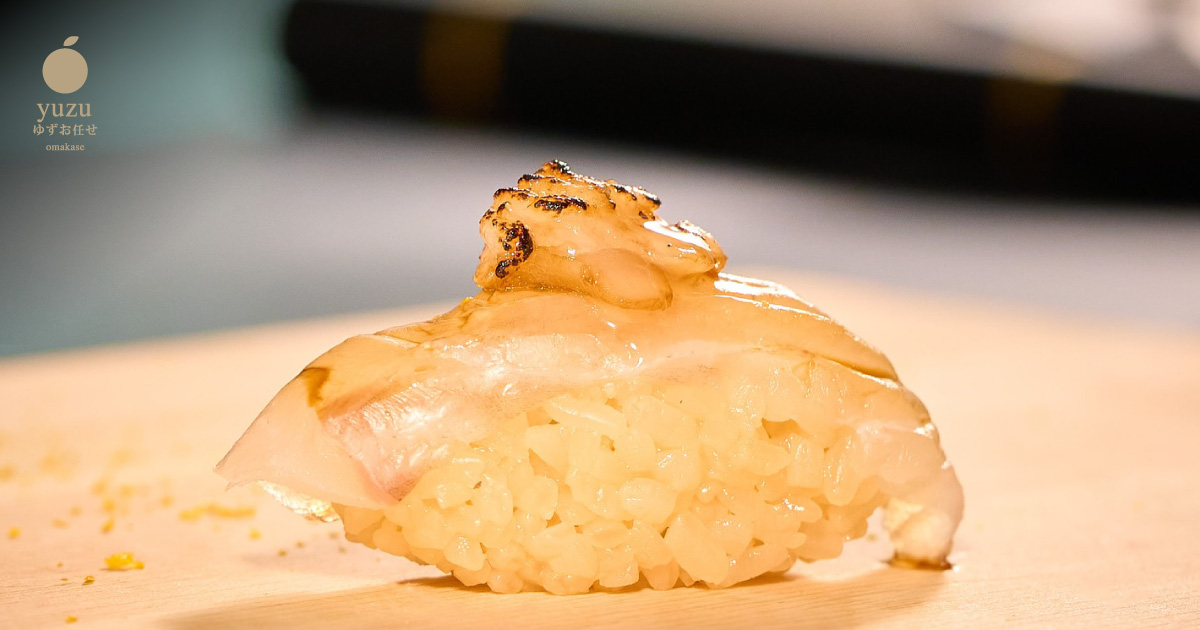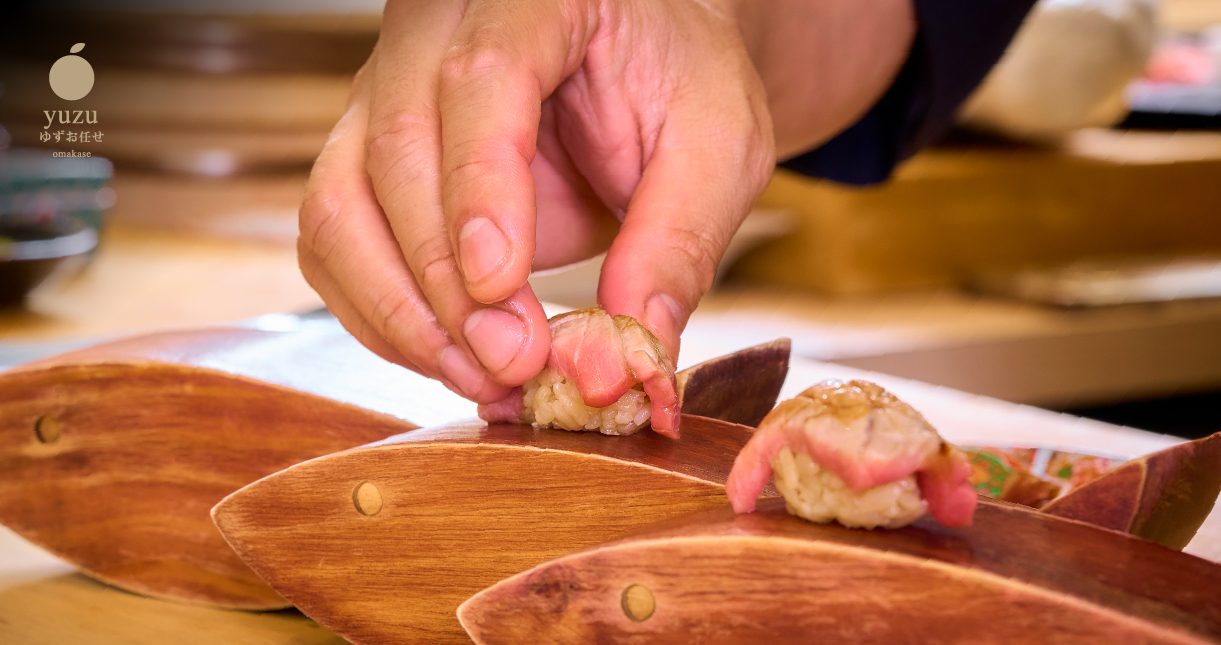
Cultural Significance of Sushi in Japan and Beyond
Sushi, a culinary art form that originated in Japan, has evolved from a simple method of preserving fish into a globally recognized symbol of Japanese culture. What began centuries ago as a way to preserve fish using fermented rice has transformed into an intricate and highly respected cuisine, known for its precision, artistry, and deep cultural significance. This article explores the cultural importance of sushi in Japan, its historical evolution, and how it has influenced and shaped global culinary trends.
The World ● 2024 Sep 12
Cultural Significance of Sushi in Japan and Beyond
The Origins of Sushi: A Historical Overview
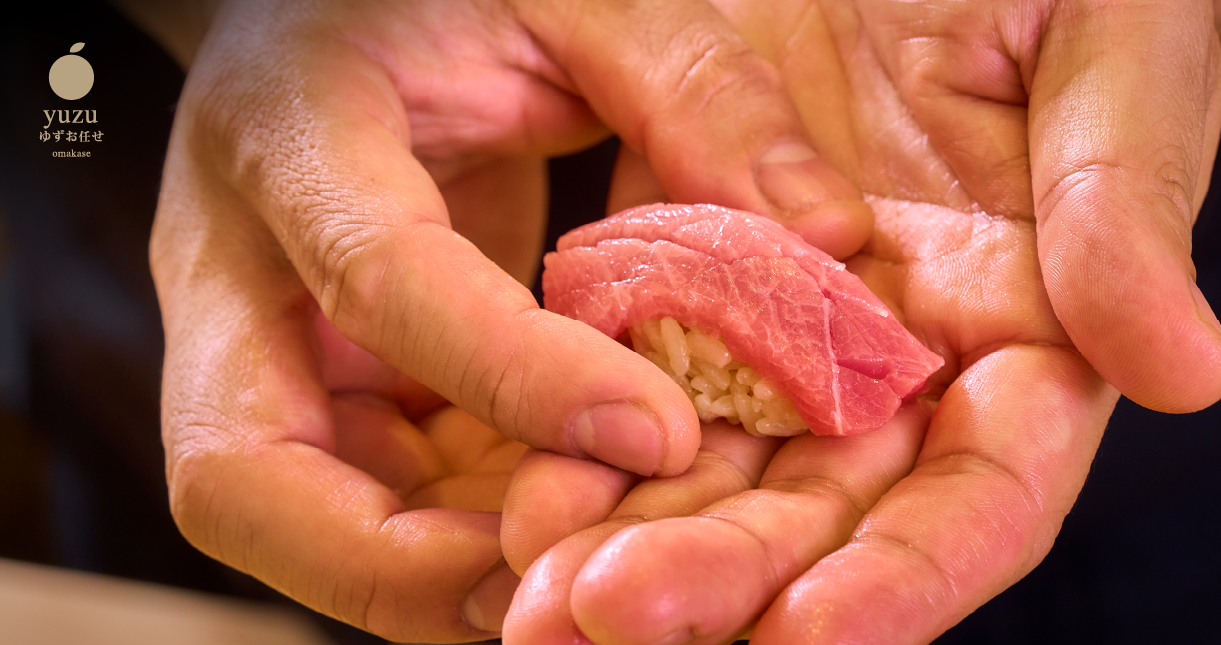
Sushi’s Humble Beginnings
Sushi’s origins can be traced back over a thousand years to Southeast Asia, where people first began fermenting fish with rice as a method of preservation. This technique spread to Japan, where it evolved into a unique culinary practice. The earliest form of sushi, known as narezushi, involved fermenting fish with salt and rice, with the rice being discarded before consumption. This method was essential for preserving fish before refrigeration was available.
Evolution to Modern Sushi
Over time, the fermentation process was shortened, and eventually, in the Edo period (1603-1868), a new form of sushi known as edomae-zushi emerged in Tokyo (then Edo). This sushi was made with fresh fish, vinegared rice, and was prepared quickly to be eaten immediately, marking the beginning of the sushi we recognize today.
Nigiri Sushi
The most popular form of sushi today, nigiri, was developed during this period. It consists of a slice of raw fish draped over a small mound of vinegared rice, often with a dab of wasabi between the two.
Sushi as Fast Food
Initially, sushi was a form of fast food, sold by street vendors to busy Edo residents. Its convenience, combined with the availability of fresh fish from Tokyo Bay, made it an instant favorite.
Cultural Significance of Sushi in Japan
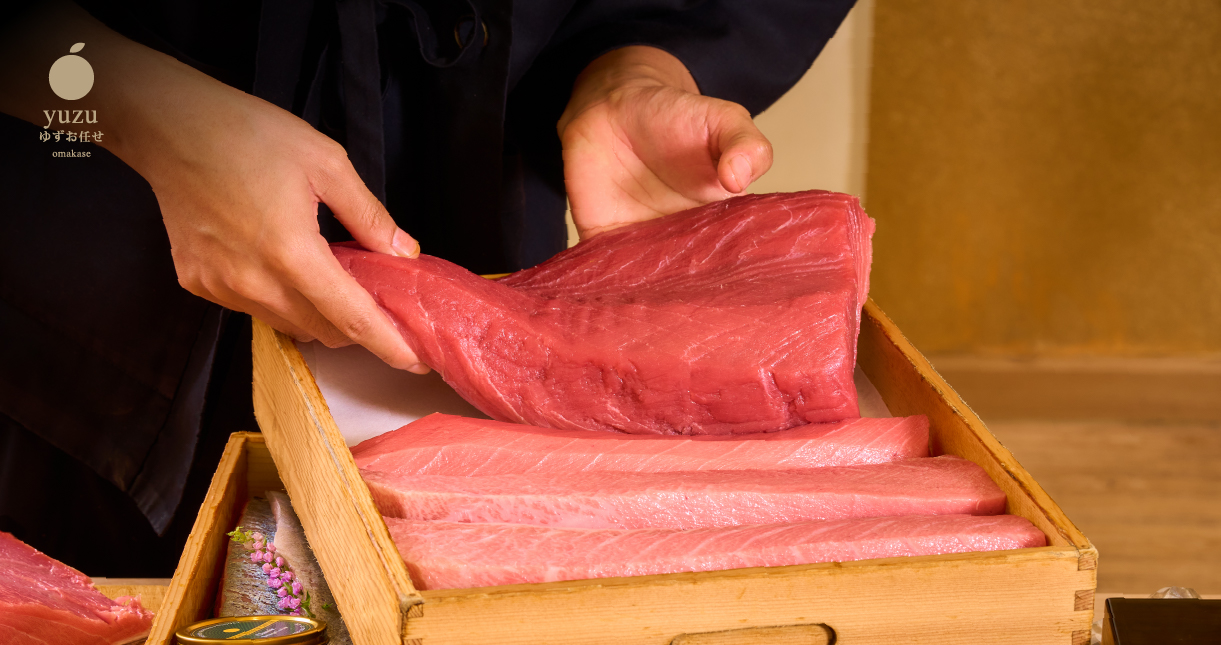
Sushi as an Art Form
In Japan, sushi is not just food; it is an art form that requires years of training and dedication to master. The process of becoming a sushi chef, known as itamae, is rigorous, with apprentices often spending years perfecting the basic skills before they are allowed to handle the fish.
Attention to Detail
The Japanese approach to sushi emphasizes attention to detail, from the selection of the freshest ingredients to the precise cutting of the fish and the exact seasoning of the rice. This meticulousness is a reflection of broader Japanese cultural values, such as respect for nature, harmony, and the pursuit of perfection.
Ceremony and Tradition
The preparation and presentation of sushi are deeply rooted in Japanese traditions. The itamae’s role is not only to prepare the food but also to engage with the diners, creating a personal and often ceremonial dining experience.
Sushi and Japanese Identity
Sushi is a symbol of Japanese identity, representing the nation’s connection to the sea, its agricultural heritage, and its culinary ingenuity. It is often associated with special occasions and is considered a luxury food in Japan, reflecting its cultural importance.
National Pride
Sushi is a source of national pride in Japan. The country’s dedication to preserving the authenticity of sushi, even as it becomes a global phenomenon, underscores its cultural significance.
Seasonality and Sustainability
The traditional practice of using seasonal ingredients in sushi highlights Japan’s deep respect for nature and sustainability. This approach ensures that sushi not only tastes its best but also honors the natural cycles of the environment.
Sushi’s Global Impact
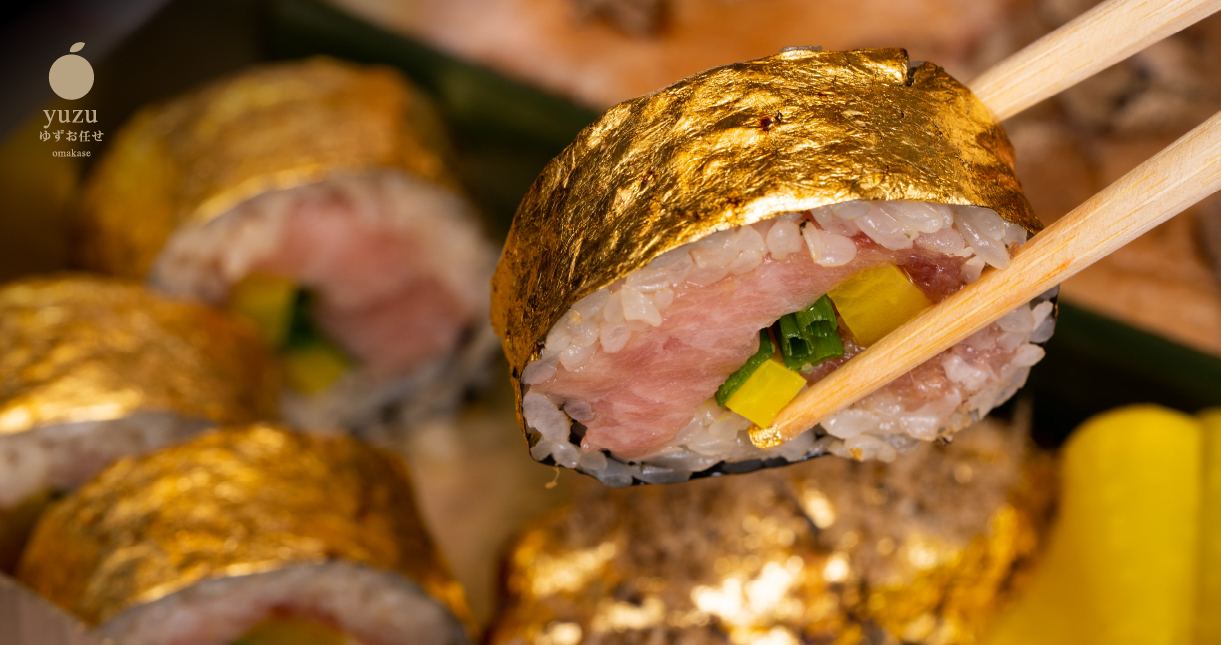
The Spread of Sushi Worldwide
In the latter half of the 20th century, sushi began to gain popularity outside of Japan, particularly in the United States. It was introduced to the West through Japanese immigrants and gained widespread acceptance as an exotic and healthy dining option.
California Roll
One of the most significant moments in sushi’s global journey was the creation of the California roll in Los Angeles in the 1960s. This roll, which used avocado and crab instead of raw fish, helped introduce sushi to a broader audience by adapting it to Western tastes.
Sushi Restaurants Around the World
Today, sushi restaurants can be found in nearly every major city around the world. Sushi has become a global culinary staple, with variations and fusions that reflect local tastes and ingredients.
Sushi as a Symbol of Globalization
Sushi’s rise to global prominence is often cited as an example of globalization in the culinary world. It illustrates how a traditional food from one culture can be adapted, reinterpreted, and embraced by people from different cultures, while still maintaining its core identity.
Culinary Fusion
As sushi spread globally, it began to incorporate elements from other cuisines, resulting in fusion dishes that combine traditional Japanese techniques with local ingredients. Examples include the sushi burrito and sushi pizza, which blend sushi with other popular food formats.
Cultural Exchange
The global popularity of sushi has also led to greater cultural exchange, with people becoming more interested in Japanese culture, customs, and culinary practices as they explore sushi.
Challenges of Globalization
While sushi’s global spread has been largely positive, it has also faced challenges, particularly in maintaining authenticity and sustainability.
Authenticity
As sushi becomes more commercialized, there is a concern that the traditional practices and techniques that define authentic sushi may be diluted. This has led to efforts by Japanese chefs and organizations to preserve the integrity of sushi and educate the world about its cultural significance.
Sustainability Concerns
The global demand for sushi has put pressure on certain fish populations, raising concerns about overfishing and environmental impact. Sustainable sushi practices, such as using responsibly sourced fish and promoting lesser-known species, are becoming increasingly important to address these challenges.
Sushi’s Role in Contemporary Culinary Trends

Health and Wellness
Sushi is often associated with health and wellness due to its use of fresh, high-quality ingredients and its relatively low calorie and fat content. The emphasis on omega-3-rich fish, like salmon and tuna, aligns with contemporary health trends that prioritize nutritious and balanced diets.
Dietary Trends
The rise of dietary trends such as pescatarianism, gluten-free eating, and the Mediterranean diet has further fueled sushi’s popularity, as it can easily accommodate these preferences.
Mindful Eating
Sushi’s emphasis on portion control and balance reflects the principles of mindful eating, encouraging diners to savor each bite and appreciate the flavors and textures of the food.
Sustainability and Ethical Dining
In response to growing concerns about the environmental impact of food production, sushi is at the forefront of the sustainable dining movement. Many sushi chefs and restaurants are now committed to sourcing their ingredients responsibly, supporting sustainable fishing practices, and reducing waste.
Sustainable Sushi
The concept of sustainable sushi is gaining traction worldwide, with restaurants offering seasonal menus, promoting lesser-known fish species, and using eco-friendly packaging.
Educating Diners
Chefs and sushi restaurants are increasingly taking on the role of educators, informing diners about the importance of sustainability in sushi and encouraging them to make conscious choices about the food they eat.
Culinary Innovation
Sushi continues to inspire culinary innovation, with chefs around the world experimenting with new ingredients, techniques, and presentations. This spirit of creativity ensures that sushi remains a dynamic and evolving cuisine, constantly pushing the boundaries of what is possible in the culinary arts.
Modern Techniques
Some chefs are incorporating modern cooking techniques, such as molecular gastronomy, into their sushi creations, resulting in dishes that surprise and delight the senses.
Global Flavors
The fusion of sushi with flavors and ingredients from other cultures has led to the creation of new and exciting dishes that expand the possibilities of what sushi can be.
Conclusion
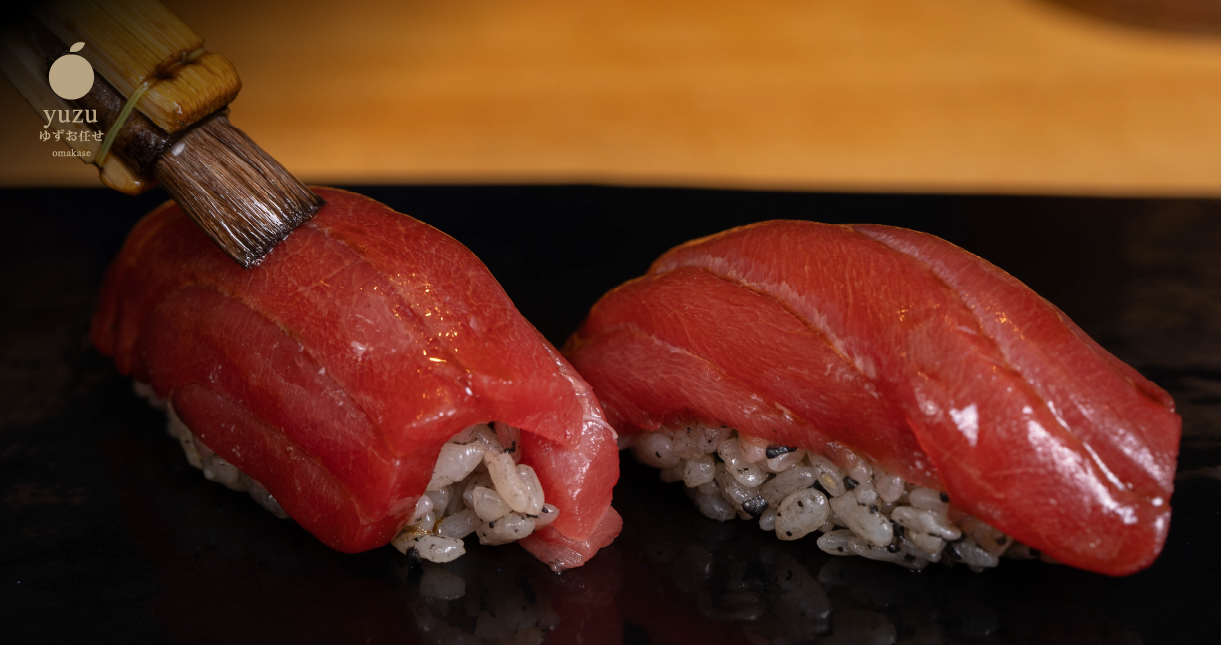
Sushi’s cultural significance in Japan and its impact on global culinary trends are profound. What began as a simple method of preserving fish has evolved into a globally recognized symbol of Japanese culture, embodying the values of precision, artistry, and respect for nature. As sushi continues to spread and adapt across the world, it remains a powerful example of how food can transcend cultural boundaries, bringing people together while maintaining its deep connection to its origins. Whether enjoyed in a traditional Japanese setting or at a modern fusion restaurant, sushi’s legacy as a cultural and culinary icon is undeniable.

RELATE
-
Sushi Diplomacy: How Sushi Thailand Bangkok Unites Cultures Through Cuisine
At Yuzu Omakase Thailand, sushi is more than a delicacy. It’s a shared language. A symbol of harmony between cultures, and a bridge that brings East and West to the same table in the heart of Siam Square, Bangkok.
The World ● 2025 Jun 23



